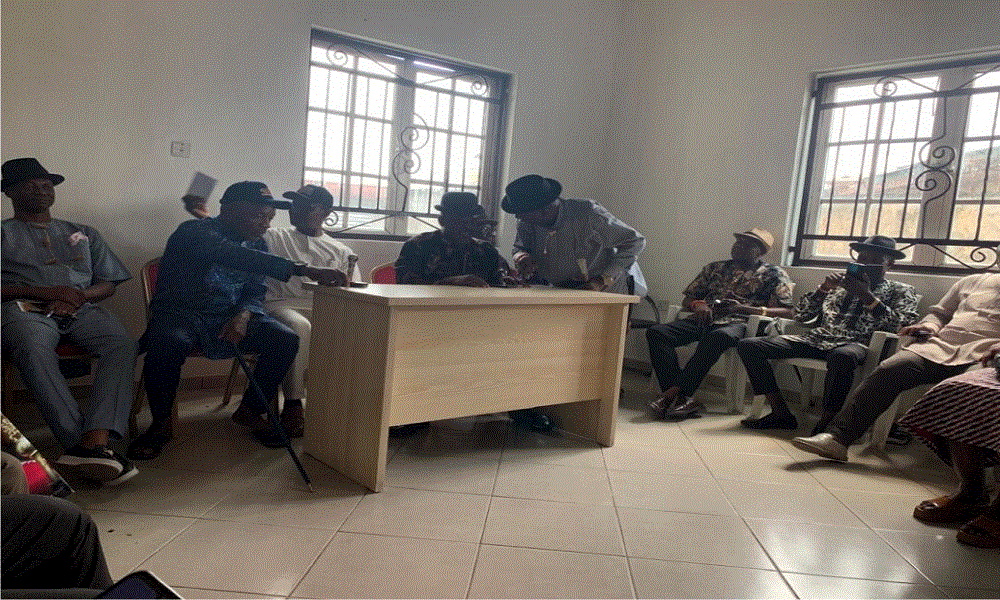Easter, Christmas Giving Should Be A Daily Affair — Obi
Vice Presidential Candidate of the Peoples Democratic Party (PDP), Mr. Peter Obi, has described everyday as Easter and Christmas. He made this assertion during his visit to Visitation Hospital, Umuchu, Anambra State.
Explaining after presenting 1 million Naira cheque to the hospital as infrastructural support, Mr. Obi said that the gesture was part of his planned Easter gifts ultimately targeting the poor which he was not able to conclude within the week of Easter celebration. Justifying his continued support, the former Anambra State Governor advised philanthropists, especially those genuinely committed to assisting the poor, to see everyday as Easter or Christmas for sharing love amongst the people.
Responding, Msgr Luke Anamaze, who represented Bishop Paulinus Ezeokafor, thanked Mr. Obi for the gesture. He assured him that the people of God will continue to remember him in prayers at all times.
Also present were the Chairman if the Hospital’s Board, Rev. Fr. Dr. Clifford Aniefuna; manager of the Hospital, Rev. Fr. Joseph Nwiloh; and Fr. Christian Ononiba.
Mr. Obi, who has chosen 50 hospitals to visit as part of the celebration of 2019 Easter, was accompanied by Prof. Stella Okunna.




